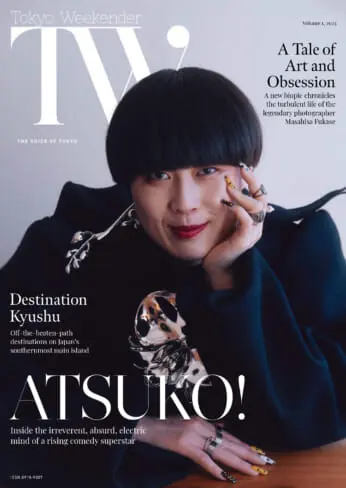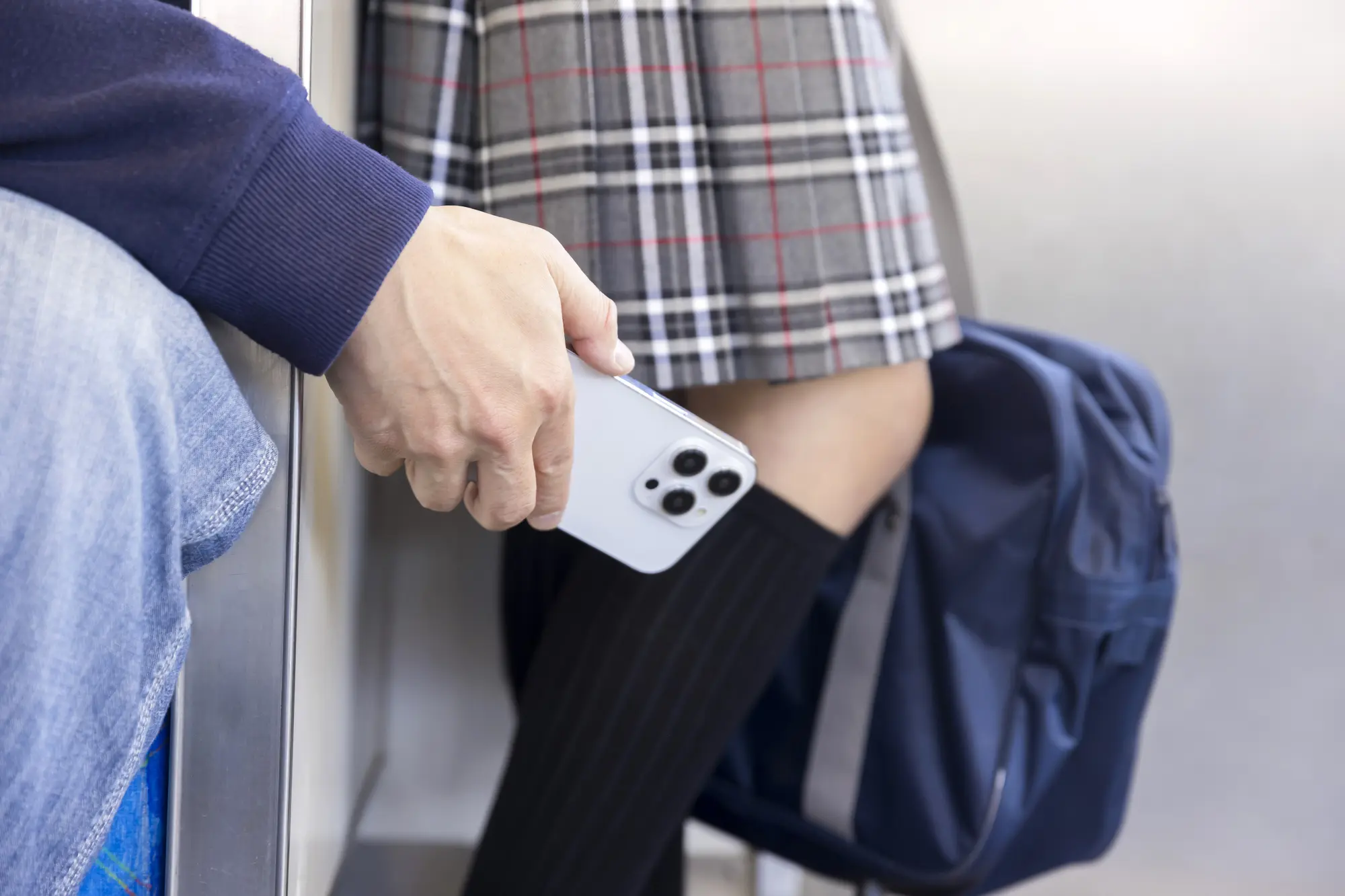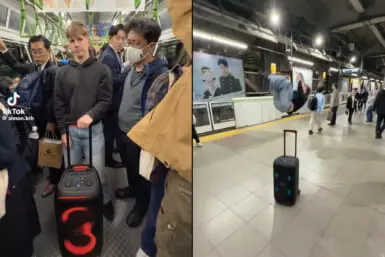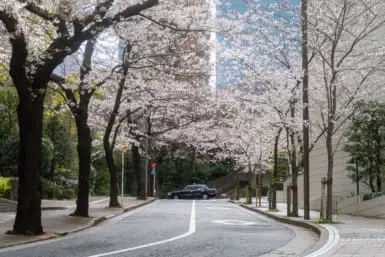The unmistakable click of a smartphone camera is inescapable. It permeates the silence in every corner of Japan, from the serene calm of an art gallery to the solemn hush of a ceremony. Japanese phones don’t have the option to silence this shutter sound. Many resort to covering the speaker, but why is this irritating feature mandatory in the first place?
The root of the problem is nonconsensual photography.
The shutter sound is more than a technical quirk. It’s a legal mandate tied to Japan’s privacy protection laws. Controlled by the phone’s operating system, this unchangeable sound ensures every snapshot is accompanied by an audible cue, alerting everyone nearby to the act of photography. This measure aims to protect people from being photographed without their consent.
It hasn’t, however, been entirely successful. In fact, it has inadvertently fueled the rise of more insidious apps designed for covert photography, bypassing the very protections meant to ensure privacy.
Legal Safeguards
The legal framework underpinning this requirement was reinforced in 2015 with the amendment of Japan’s Ordinance on the Healthy Development of Juveniles, which explicitly bans the muting of shutter sounds on smartphones. The regulation reflects Japan’s broader societal commitment to maintaining individual privacy and protecting against invasive photography.
Apple Japan’s public relations department responded to an inquiry by BuzzFeed News, stating, “Apple respects the laws and customs of the regions where it operates. Regarding the shutter sound, we comply with the standards of Japanese telecommunications carriers.”
Similar laws exist beyond Japan’s borders. South Korea’s Privacy Protection Law, amended in 2014, also mandates the shutter sound on smartphones. China has implemented comparable regulations. Despite these laws, the rise of apps that can mute the shutter sound has sparked debates about the effectiveness and enforcement of such measures.
The Masashi Tashiro Incident: A Catalyst for Change
While covert photography isn’t explicitly cited as the reason for mandatory shutter sounds, the catalyst for this requirement can be traced to a high-profile incident involving Japanese celebrity Masashi Tashiro. In 2000, Tashiro, a founding member of the band Rats & Star, was arrested for attempting to use a camera phone to take an upskirt picture of a woman at a train station in Tokyo. This incident, which captured national attention, underscored the potential for abuse of the newly emerging camera phones.
Keiji Takao, a developer involved in the creation of the ‘J-SH04’ phone, the first Japanese phone with a built-in camera, revealed in a 2016 interview with BuzzFeed News that Tashiro’s arrest was a critical factor in the decision to implement mandatory shutter sounds.
“It was anticipated that once cameras were installed on mobile phones, there would inevitably be individuals who would misuse them for voyeuristic purposes… Therefore, we promptly decided to implement a specification where the shutter sound would play even in silent mode and introduced it to the market immediately,” said Takao.
The swift decision to enforce the shutter sound on all modes of the phone was a preemptive strike against potential misuse. Other manufacturers quickly followed suit.
The Rise of Covert Photography Apps
The implementation of mandatory shutter sounds has sparked many debates, especially on international forums. Opinions range from frustration at the inconvenience to strong support for privacy measures. Critics argue it’s an overreach, punishing the masses for the sins of a few.
And the reality is that these sins won’t be absolved by a simple shutter sound.
Despite the regulations, the reality is that nonconsensual photography remains a significant issue. The Metropolitan Police Department reported a sharp increase in cases of illicit photography using smartphones in the 2010s, with 1,741 arrests in Japan in 2010 compared to 3,953 in 2019.
On Japan’s notoriously crowded trains, the issue of nonconsensual photography has led to increased police vigilance. The misuse of silent photography apps, initially developed for innocuous purposes such as capturing photographs of skittish animals, has become more prevalent, complicating enforcement efforts.
One such app is BlackVideo, produced by AppMadang. Currently ranked number two in the Japanese App Store for paid camera apps, BlackVideo is a ¥300 silent photography app. It boasts high-quality images and video capture, even supporting 4K resolution. This is an unusual feature for a silent camera app, raising significant concerns about potential misuse.
Most camera apps require users to press the shutter button, causing a slight delay. BlackVideo, however, starts recording immediately upon launch with just a tap. It also disguises the screen to look like Safari or a clock while recording. The actual recording is displayed in a small window resembling an advertisement video, making it difficult for others to notice.
Another alarming feature is its ability to save videos and photos in a password-protected hidden folder. Even if someone checks the iPhone’s camera roll, the content remains concealed, preventing unauthorized access.
Why, if not for nonconsensual photography, are these features necessary? You don’t need to disguise the screen to photograph infants or pets. You could just disable the sound.
Consider these app reviews:
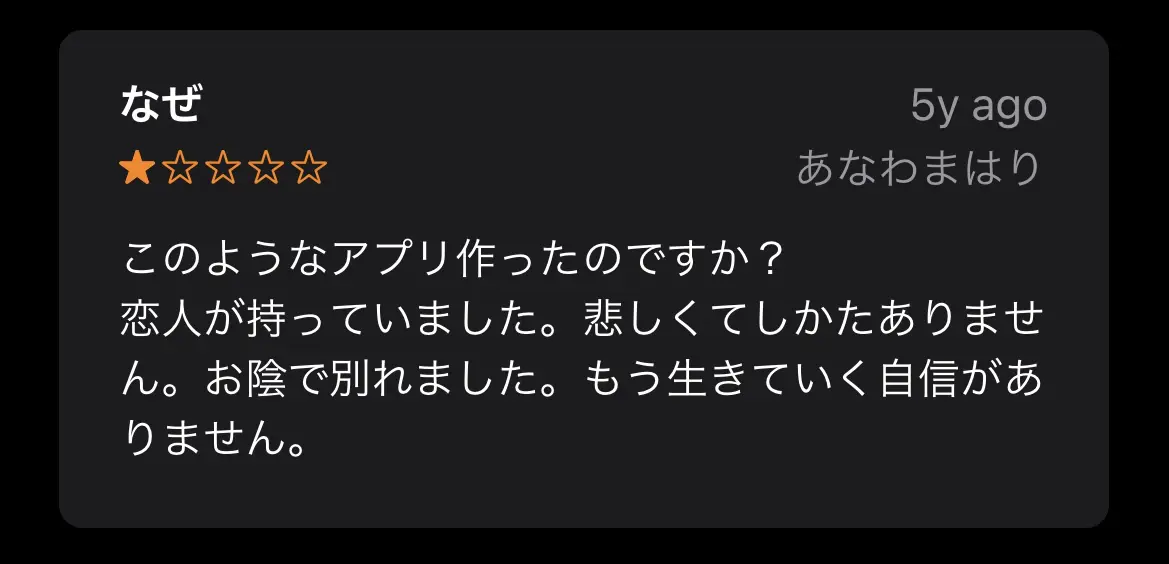
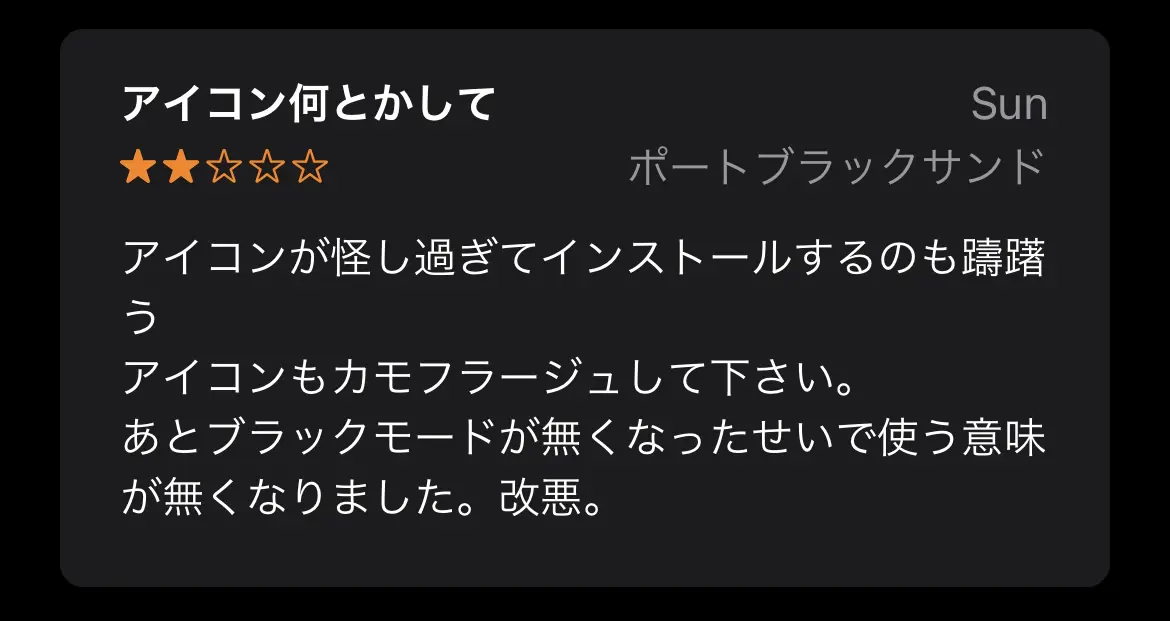
“Why did you create such an app? My partner had it, and I broke things off because of it. This is beyond belief. I don’t think I can continue living.”
“The app looks too suspicious, so I don’t really want to download it. Please disguise the icon as well. And now, the screen doesn’t even turn dark properly, so there’s no point in me using this.”
The Real Problem
The shutter sound on Japanese smartphones is more than just an auditory quirk. It’s a legal and cultural bulwark against privacy invasion. But the real issue runs deeper. The shutter sound is a mere band-aid on a much larger wound.
The necessity of such a measure is, frankly, embarrassing. It raises uncomfortable questions about our collective inability to respect others’ privacy. Why do we have to rely on a forced shutter sound to deter people from taking unsolicited photos of unsuspecting individuals? It’s a sad commentary on our society that we need a built-in noise to remind us of basic decency.
Even more troubling is the extent to which some individuals will go to circumvent this safeguard. The development and proliferation of apps designed specifically for covert photography highlight a darker side of human behavior. These apps are not created for innocent purposes — they are tools for invasion, designed to bypass the very protections meant to safeguard privacy.
Until we address the deeper issue of nonconsensual photography, the masses will continue to be burdened with the annoying, embarrassing shutter sound, and covert photography will continue to run rampant.
